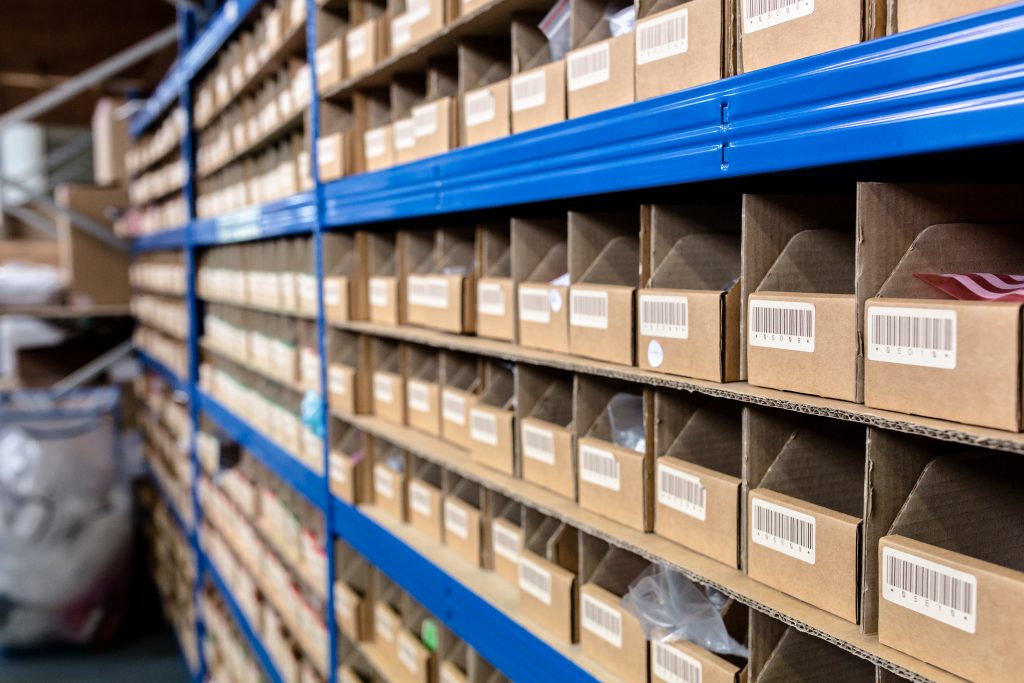
If you need to cost finished products in your supply chain and want a detailed account of all items issued for production, you’ll need a bill of materials.
What is a bill of materials, and why is it important?
A bill of materials can give you a detailed account of the manufacture of your items, and it’s relatively straightforward to create one. Keep reading for a detailed explanation of what a bill of materials is, why you need one, and how to create a supply chain bill of materials.
What Is A Bill Of Materials?
A bill of materials, sometimes referred to as BOM or product structure, lists the components required to manufacture a product. Your bill of materials, or product structure, might include:
- A list of the raw materials.
- A list of the sub-assemblies and intermediate assemblies.
- A list of the sub-components.
- A list of the parts.
- The quantities of all materials needed to produce a finished product.
A bill of materials covers every step in the manufacturing process, from small components, to the parts of the item itself being assembled. For inventory management in your supply chain, a bill of materials is crucial. It ensures the correct quantities of the necessary materials are available at the right time, reducing the risk of delays.
Types Of Bill Of Materials
There are several types of bills of materials that you need to be aware of, including:
- A manufacturing bill of materials – a manufacturing bill of materials provides a detailed account of the materials required during the manufacturing process and how they should be assembled.
- An engineering bill of materials – an engineering bill of materials provides information on the raw materials, specs, tolerance, and standards of materials needed in the manufacturing process. Engineering BOMs usually refer to the structure of a product from a design perspective.
- An assembly bill of materials – the assembly bill of materials is usually a simpler version of the manufacturing BOM. It includes information on the items required to assemble the product.
- A service bill of materials – the service bill of materials usually contains a list of the products, machinery, and equipment required to service the product. To order the parts and service an asset, a person will need a list of the replaceable parts, serviceable parts, and part suppressions.
- A sales bill of materials – a sales bill of materials details the different items required to assemble a kit before the sale. For example, a dining set or table and chairs sold together would need a sales bill of materials.
Why Do You Need A Bill Of Materials?
A correct bill of materials can ensure that your supply chain and manufacturing processes aren’t hindered by delays or misinformation. Your bill of materials will inform the acquisition of raw materials, help you optimise your use of manufacturing software, and inform the assembly of your products on the shop floor. Some crucial benefits of having a bill of materials include:
- A bill of materials helps to provide clarity on complex manufacturing processes.
- Having a bill of materials lets the manufacturer ensure the correct materials are available for the manufacturing process.
- You can optimise stock levels to reduce waste and help you meet production schedules and forecasted sales.
- You can reduce the risk of production delays.
How To Create A Supply Chain Bill Of Materials
Now you know what a supply chain bill of materials is and why it is vital to have one, we can discuss how to create a bill of materials.
Firstly, you must assort all manufacturing processes into levels to sort in order, from raw materials to completion. For example, level one would be raw materials, and the assembly of finished parts would be on a higher level close to the completion level.
Then, you will need to assign each product component with a manufacturing part number. This number must be unique and cannot be duplicated, as it will signify each part’s identity.
Then, you will need an indication of the progress made on each manufacturing component, whether it is ‘in progress’ or ‘ready for use’.
You will also need to specify the number or amount of each component necessary to provide a completed product. This helps with ordering the right amount of each part and calculating forecasts for production.
It is also prudent to provide information on where each component will be procured from, with details of the manufacturer or supplier, and whether the component is made to measure or off the shelf.
Once you have listed all of this information, you can create a chart for your supply chain bill of materials.
A clear bill of materials is vital to success.
To avoid confusion, potential delays, and loss of revenue in the manufacturing process of your products, you need a bill of materials. Having a clear bill of materials with all the necessary information will allow you to meet production schedules and make accurate sales forecasts. Once you have compiled all the required information, creating a supply chain bill of materials is easy and will help provide more clarity during the manufacturing process.
Considering an exciting career in manufacturing? IoSCM can help! Click here to find out more about how our professional qualifications tailored to match the requirements of professionals within the industry, at any stage of their career.

